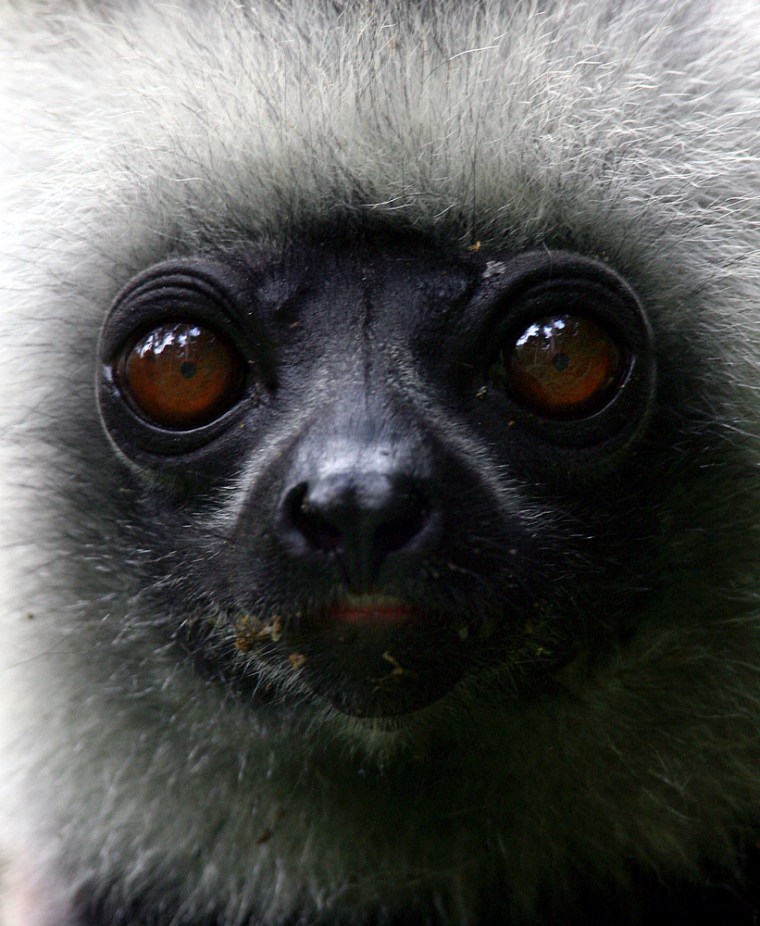The most sensual way to approach the island of Nosy Be, off the northwest coast of Madagascar, would have been by sailboat.
Long before I’d have seen the island, I would have caught tantalizing hints of ylang-ylang, a flower whose scent drives the perfume industry and which thrives in the tropical forest that covers this “perfumed isle.” Riding the breeze, wafts of cinnamon and rich suggestions of vanilla would have delicately slid across the deck, brushed against my skin and gotten lost in the salt air. I would have followed this ghostly bouquet to a deserted shore, crowded with coconut palms. This is the subtle reverie I have while immersed in the central bazaar of Hell-Ville. Rather than an aromatically understated arrival by sail, I had flown in, checked into Hotel Vanila and waded straight into the vivid colors, thick bouquets and hearty aromas of this market. My senses were swirling.
Hell-Ville, the main town on Nosy Be, was given its deliciously intriguing moniker in honor of a former French governor, Admiral de Hell, and the name couldn’t possibly be less appropriate. Nosy Be, which means “big island” in Malagasy, is a place of volcanic lakes, hilly forests thick with possibility, shockingly lovely beaches and bizarre animals — both on land and below the sea. Life on this island remains simple, and words like “paradise” creep into my mind with great frequency as I explore.
Right now, in the Hell-Ville bazaar, my sense of smell is in the middle of a three-ring circus. The high-ceilinged market building has archways and latticed windows to let the breeze through. Charming and friendly women clad in wildly colored cloth wraps called lambas wander among stalls filled with local produce, fresh fish, sumptuous limes, mangos and papaya; wood carvings and linen embroidery; aromatic coffee, cocoa and spices; and aphrodisiacal bottles of the potent essence of ylang-ylang. These fragrances envelop me in a balmy, exotic drape that settles deep into my skin and clothes. It’s a perfume that lingers throughout the trip, erupting on my olfactory senses at odd times, especially when my skin is damp with sweat.
I’d actually come to Nosy Be for the wildlife. Almost 80 percent of Madagascar’s fauna exists only within the water-bound borders of this island nation. Madagascar has been separated from the mainland of Africa for several millennia, and in the splendid isolation of an island world Mother Nature went crazy with the wildlife. It’s a good thing my senses were tempered at the Hell-Ville bazaar, because most of Madagascar, country or city, exists in that same state of riotous abandon.
One of the first places I went on my quest for the peculiar was the 1,828 acres of lowland rainforest at Lokobe Nature Special Reserve on the south side of the island. We went by native pirogue, a rough-hewn outrigger kind of craft. Paddling along the shore, my guide, Mosa, pointed out Madagascar’s most famous inhabitant, the lemur, a tree-dwelling primate that looks like a cross between a cat, a monkey and a raccoon.
Lemurs are found only on Madagascar, and they thrive on Nosy Be and neighboring islands. At Lokobe, dark black male lemurs would stop in their foraging and face us with their massive, almost demonically orange eyes. The females had a more golden fur and were curious and unafraid. I understood how a superstitious mind could attribute them to the underworld. In addition to the lemurs, we also spotted a Madagascar fish eagle on the hunt and some of my favorite creatures on the planet: chameleons.
After leaving Lokobe, Mosa took me by boat to a small neighboring island called Nosy Komba, “lemur island,” where residents of the sole village, Ampangorina, seemingly have joined hands with the local lemur population for the pure enjoyment of travelers. I had lemurs on my head and shoulders and eating banana from my hand. Even this close, and despite their exquisite fur and long, comical tails, those eyes will haunt me in my sleep.
Later, back on Nosy Be, Mosa and I hiked through thickets of pink, red and peach bougainvillea, forests of yellow and white frangipani, cocoa trees, delicate orchids and pink-tinged ylang-ylang to the summit of Mont Passot, where the view was a vision that would cause Robinson Crusoe to fall to his knees with delight. Nestled in a thick green forest, bright blue volcanic crater lakes (Nosy Be has 11) pockmark the island. Long stretches of pristine beach eased into a sparkling blue sea. All around us the sounds of the forest — calls from birds, frogs and lemurs — joined the reverie of life on a perfumed isle. The scene brought to mind Shakespeare’s words in The Tempest: “The isle is full of noises, sounds, and sweet airs, that give delight, and hurt not.”
I picked up the invisible scent of ylang-ylang and cinnamon as my brow dampened with sweat, and I inhaled the piquant memory of an island that existed in a rare state of grace I hoped would last forever.
Each issue of explores the most beautiful island destinations in the world, from tropical island outposts to the sophisticated gems of the Mediterranean. Our top-rate photographers and writers discover the quiet beaches, boutique hotels, and unique cultural experiences that make island travel unique.
